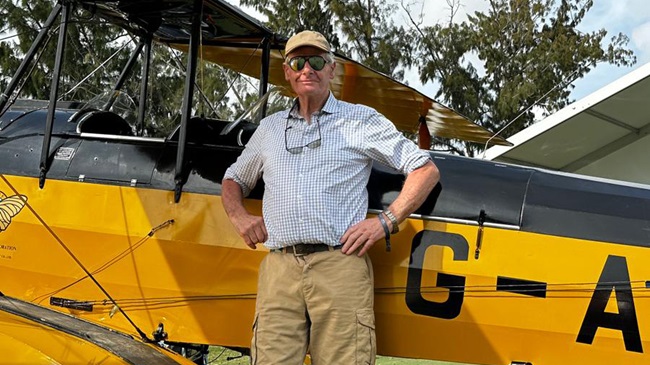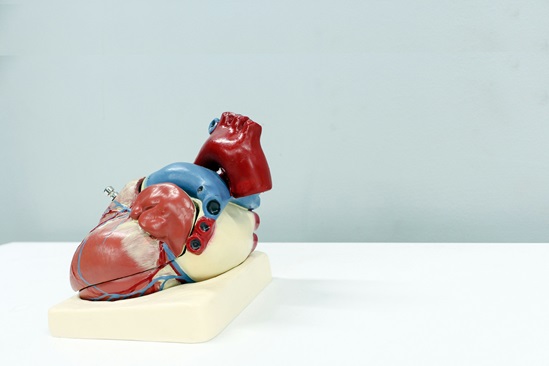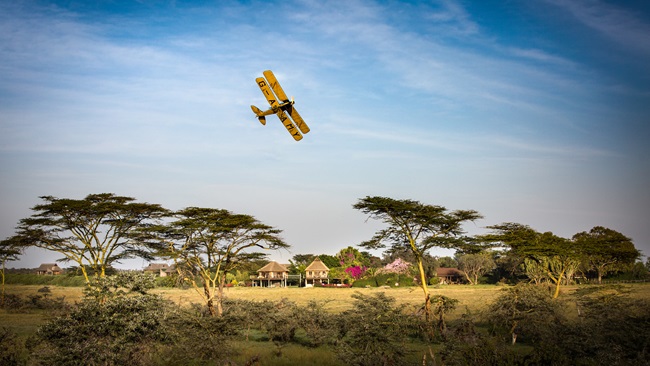Inside a P–51 engine-out, off-airport landing
It was a momentary engine stumble, and P–51 Mustang pilot Mark Levy quickly put it out of his mind.
The British warbird pilot was part of a 21-airplane formation in the annual airshow at Duxford, England, in 2017, and he concentrated on maintaining his position within that large group.
Within 90 seconds, however, the engine would lose power completely, and Levy was forced to put the airplane down in a farm field.
Moments after the first interruption, Levy’s engine quit again, and this time the power loss lasted several seconds. He pulled up and out of the formation, declared an emergency, and tried to climb. But at 190 mph, the 7,000-pound fighter didn’t have much surplus energy. Its best glide speed is 150 mph.
Fortunately, it was July, and there were multiple farm fields that could make suitable emergency landing sites.
Levy, an airline captain and veteran airshow pilot, selected a field, turned toward it, and began preparing for an off-field landing. He rolled back the P–51’s sliding canopy, and then the Merlin engine roared back to life. He was only a couple miles from the airport. Perhaps the engine would keep running long enough for him to get there.
He turned toward the airport and entered the downwind for landing.
“When I saw the airfield appearing on my left side,” he said, “I thought, ‘I’ve got a chance here.’”
The engine continued to cut in and out, and even when it was running, it wasn’t making full power. The airplane descended to about 500 feet above the ground on a tight left downwind, and air traffic controllers shouted on the radio to Levy warning him that his landing gear was still up.
“That’s when I made another mistake,” he said. “The chimpanzee in the back of your head hears an instruction and says, ‘I can do that.’ So, I put the gear down.”
At that point, the engine lost power again, and with the additional drag of the extended landing gear, Levy was beyond gliding distance from the runway. Also, he heard the whistling sound that the Mustang’s gun ports make when the wing is at high angles of attack, so Levy knew that the laminar-flow wing was nearing an aerodynamic stall.
“The airplane talks to you,” he said. “This airplane is about to stop flying.”
The runway was so close that Levy felt he could almost touch it. But it may as well have been thousands of miles away because the airplane couldn’t possibly get there without engine power. Attempting to stretch a glide could be fatal, and it would require overflying a busy highway.
He decisively turned away from the airfield, raised the landing gear, and extended full flaps.
“If you can keep the airplane under control until touchdown, you’re in a far better situation than if you lose control somewhere in the sky,” he said. “If you get a wing drop or a spin, that’s out of your control.” Levy said he followed legendary pilot R.A. “Bob” Hoover’s advice to fly the airplane “as far into the crash as possible.”
Levy bellied the stricken airplane into a farm field, and it slid to an abrupt stop in about 100 yards. The impact was so forceful that the canopy slammed forward, hitting the back of his head as the plexiglass was thrown clear of the airplane. Levy wasn’t seriously injured, and he made a radio call saying that he was OK before he shut down the electrical power and stepped out of the damaged aircraft.
Levy recorded the entire event on a pair of point-of-view video cameras, and he shared the images, as well as his lessons learned, in a candid discussion with the AOPA Air Safety Institute.
The cause of the engine failure is under investigation. The airplane is being repaired and is scheduled to fly again this year.
Want more? Listen to this Hangar Talk podcast in which pilot Mark Levy analyzes the emergency with AOPA Air Safety Institute Executive Director Richard McSpadden.



